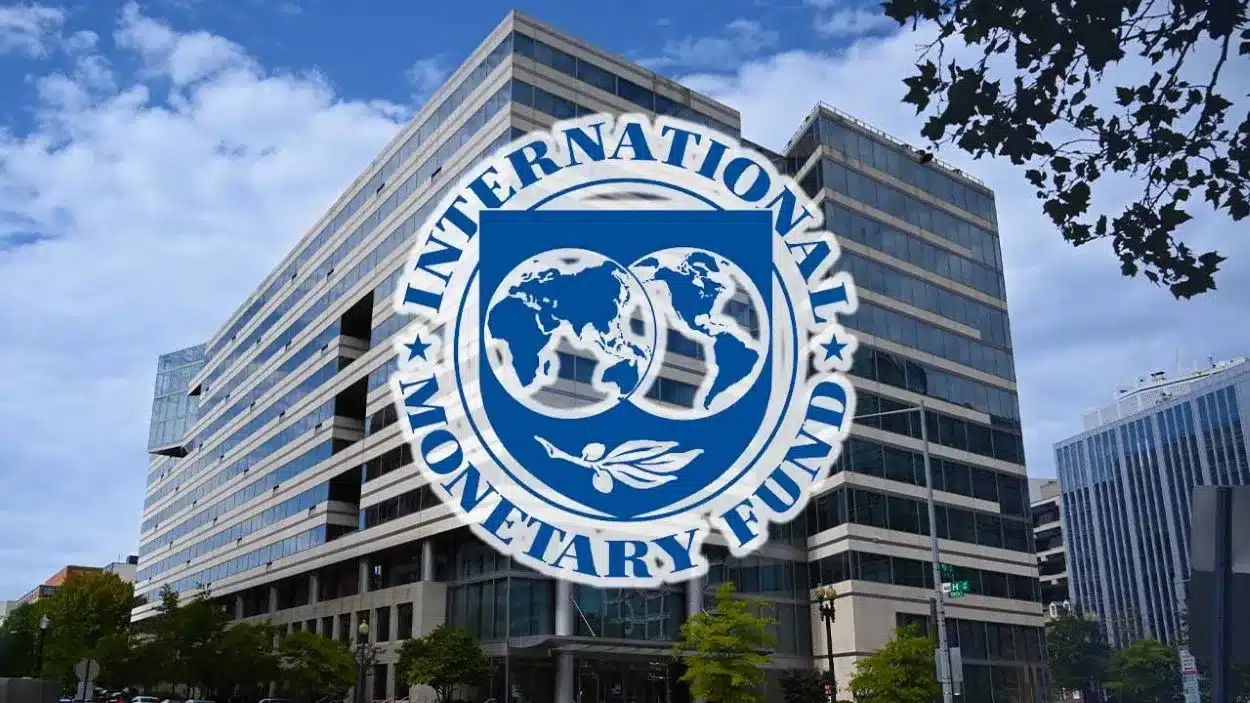The International Monetary Fund (IMF) identifies Pakistan’s tax-to-GDP gap at a modest 2.9%, challenging widespread beliefs of a larger federal discrepancy. This translates to an annual shortfall of Rs3,000 billion. IMF findings suggest Pakistan’s tax potential at 12.9% of GDP, with current figures near 10%.
Strategies spanning FY24-26 could boost tax revenue by 2% of GDP, leveraging comprehensive tax reforms, including anti-avoidance measures. Enhancements in income tax management, personal income tax adjustments, and General Sales Tax optimizations could collectively increase revenue by 2%.
Conversely, the IMF notes a 6.9% GDP tax compliance gap per the Federal Board of Revenue, amounting to Rs7,000 billion. Pakistan’s tax efficiency gap mirrors its potential at 2.9% of GDP, marking it as having the lowest tax capacity among regional peers and BRICS nations. This low capacity stems from its sizable agricultural sector, modest per capita income, and governance hurdles, complicating revenue enhancements compared to its counterparts.
The IMF underscores the importance of bolstering tax capacity for revenue growth, focusing on administrative improvements and governance enhancements across government tiers.
Comparatively, tax-to-GDP ratios vary globally, with South Africa at 25%, Argentina 23%, and Nepal 16%, showcasing potential increases with targeted reforms. Other nations like India, Ethiopia, China, and Bangladesh also exhibit room for significant tax-to-GDP ratio improvements, emphasizing a global trend towards optimizing tax revenue through comprehensive fiscal strategies.






